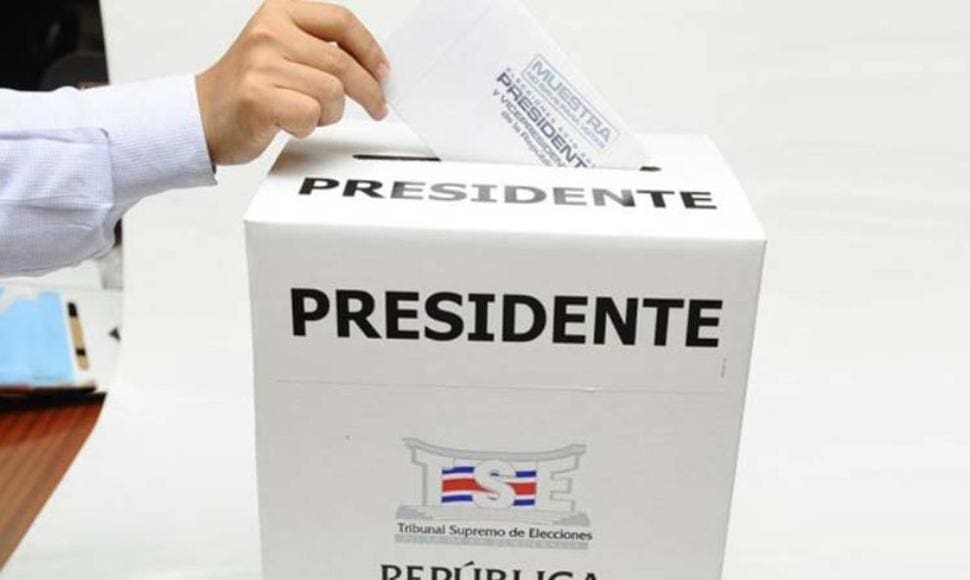A new poll from the University of Costa Rica’s Center for Political Research and Studies (CIEP-UCR) paints a picture of widespread indecision among Costa Ricans as the February 2026 national elections approach. The survey, released this week, finds that 55% of likely voters have not chosen a presidential candidate yet, leaving the race open to shifts in the coming months.
Laura Fernández, the candidate from the ruling Pueblo Soberano Party (PPSO), holds the top spot with 25% support among those who have decided. She falls short of the 40% threshold required to win outright in the first round, however.
Trailing her are Álvaro Ramos from the National Liberation Party (PLN) at 7%, followed by Claudia Dobles of the Citizens’ Action Party (PAC) and Ariel Robles of the Broad Front (FA), each with 3%. Eight other candidates register less than 1% each, out of a field of 20 contenders.
Dr. Ronald Alfaro, who coordinated the CIEP-UCR survey, pointed out that the ruling party’s early efforts appear to pay off for a segment of the electorate. “At this stage, it looks like only the ruling party campaigns actively, gaining backing from voters already inclined their way,” he said. “That said, their lead sits neither as strong as some suggest nor as weak as others argue.”
The poll also highlights similar doubt in legislative races. Among those planning to vote, undecided rates run even higher for congressional seats than for the presidency. This pattern points to a potentially more divided Legislative Assembly after the elections, building on recent trends of fragmentation.
Dr. María José Cascante Matamoros, a researcher on the study, stressed the fluid nature of the contest. “With this level of doubt, any candidate could surge ahead and change the dynamics,” she noted. “Closing the gap on the leader remains feasible now, as indecision makes predictions tough.”
Party loyalty stays low across the board. Three-quarters of respondents – 75% – report no connection to any political group, while just 25% feel some tie. This echoes patterns from past elections, where weak party bonds lead to swings in voter choice. The survey report ties this to a broader trend: many enter the process without firm allegiances, heightening the chance for last-minute decisions.
Public sentiment mixes optimism and caution. Hope tops the list at 62%, with concern close behind at 56%, and excitement at 49%. These feelings come amid ongoing issues like crime and insecurity, which rank as primary worries for many Costa Ricans, according to the poll’s context.
Candidates respond with confidence to the high undecided share. Several view the 55% as an opportunity to build support through targeted outreach. As campaigns heat up, efforts to address key concerns like public safety could sway outcomes.
The CIEP-UCR plans more surveys leading up to election day, tracking how opinions evolve. For now, the data underscores a race where no clear path emerges, and voters hold the power to reshape it.






